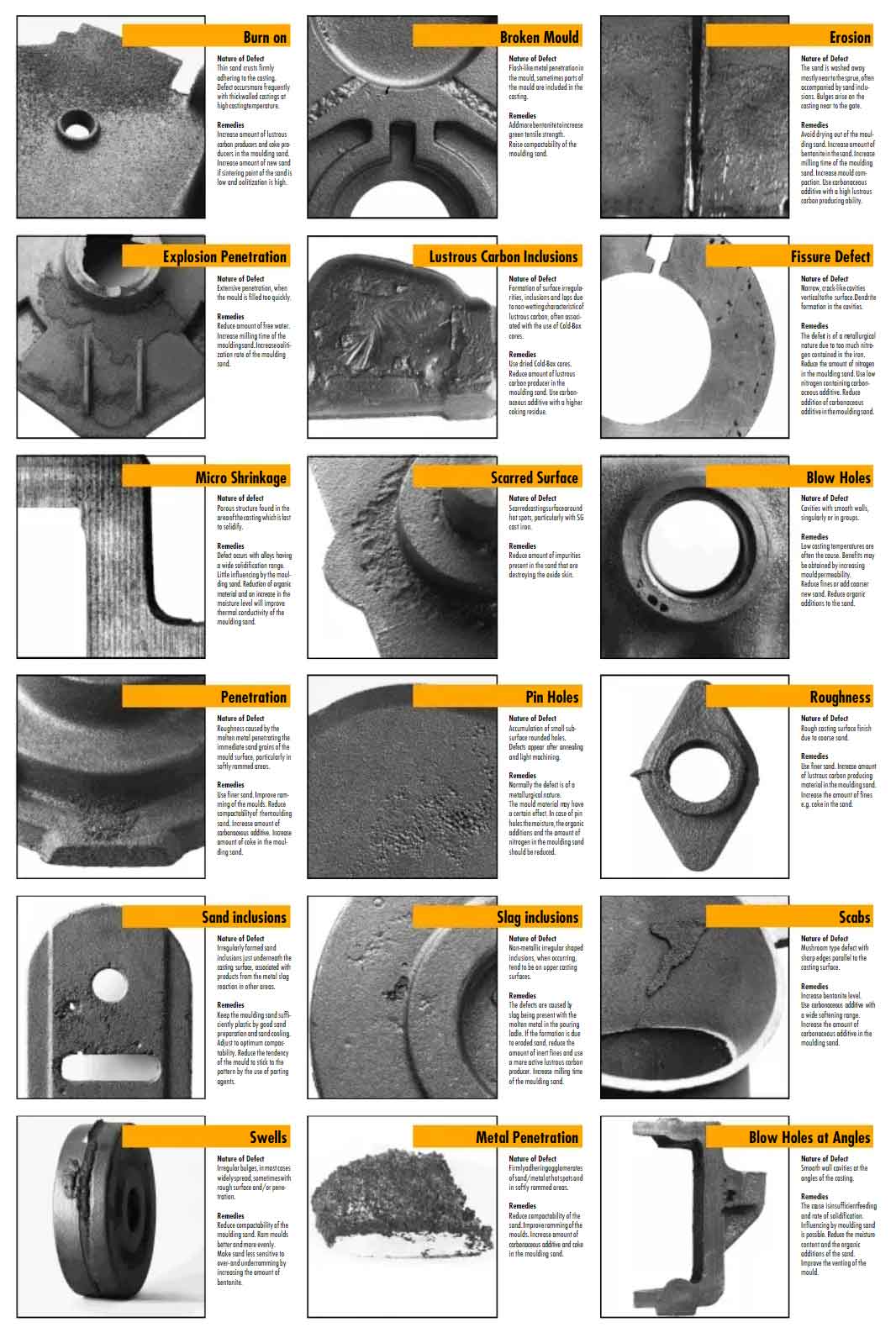China’s casting industry has undergone a remarkable transformation, evolving from local production to global leadership over the years. Here is an overview of China’s journey in the casting industry:

- Early Development:
- Localized Production: In the early stages, China’s casting industry primarily focused on meeting domestic demand, serving local industries and infrastructure projects.
- Foundry Clusters: Foundries were concentrated in specific regions, forming industrial clusters with shared resources, labor, and expertise. Examples include the “Casting Capital” in Ningbo and the “Steel City” in Dalian.
- Growth and Expansion:
- Market Liberalization: With the introduction of economic reforms and market liberalization policies in the late 1970s, China’s casting industry experienced significant growth, attracting foreign investment and advanced technologies.
- Export-Oriented Manufacturing: Chinese casting manufacturers began to explore international markets, capitalizing on the country’s cost advantage, large-scale production capabilities, and expanding manufacturing infrastructure.
- Technological Upgrades:
- Technology Transfer: Chinese foundries actively sought technology transfer and collaboration with international partners, leading to the adoption of advanced casting techniques, equipment, and quality management practices.
- Investment in Research and Development: China has invested in research and development activities, both in academia and industry, to develop indigenous casting technologies, alloys, and processes. This has contributed to technological advancements and innovation in the industry.
- Quality Improvement:
- Focus on Quality Control: China recognized the importance of improving casting quality to meet global standards and customer expectations. Emphasis was placed on implementing quality management systems, process control, and inspection methods.
- Certifications and Standards: Chinese casting manufacturers obtained international quality certifications, such as ISO 9001, to demonstrate their commitment to quality assurance. The development of national casting standards further enhanced product consistency and reliability.
- Global Market Penetration:
- Expansion of Export Market: China’s casting industry experienced significant growth in export volumes, supplying castings to industries worldwide, including automotive, machinery, construction, and energy sectors.
- OEM and Supply Chain Integration: Chinese casting manufacturers actively pursued partnerships with multinational companies, becoming key suppliers in global supply chains. This integration helped in technology transfer, knowledge sharing, and market expansion.
- Shift towards Value-added Products:
- Diversification and Specialization: Chinese foundries moved beyond traditional castings to produce more value-added and complex products, including high-precision components, lightweight structures, and engineered castings for industries such as aerospace and automotive.
- Vertical Integration: Some Chinese casting companies have vertically integrated their operations by expanding into downstream processes such as machining, assembly, and surface treatment. This enables them to offer comprehensive solutions to customers.
- Sustainability and Environmental Responsibility:
- Environmental Regulations: China has strengthened environmental regulations, leading to the adoption of cleaner production practices, energy-efficient technologies, and waste reduction measures in the casting industry.
- Green Initiatives: Chinese foundries are increasingly focusing on sustainable practices, resource conservation, and the development of eco-friendly materials to reduce environmental impact.
China’s casting industry has made significant strides in terms of production capabilities, technological advancements, quality control, and market presence. The country’s transition from local production to global leadership has been driven by its ability to leverage cost advantages, embrace technological innovations, and continuously improve quality and competitiveness.
